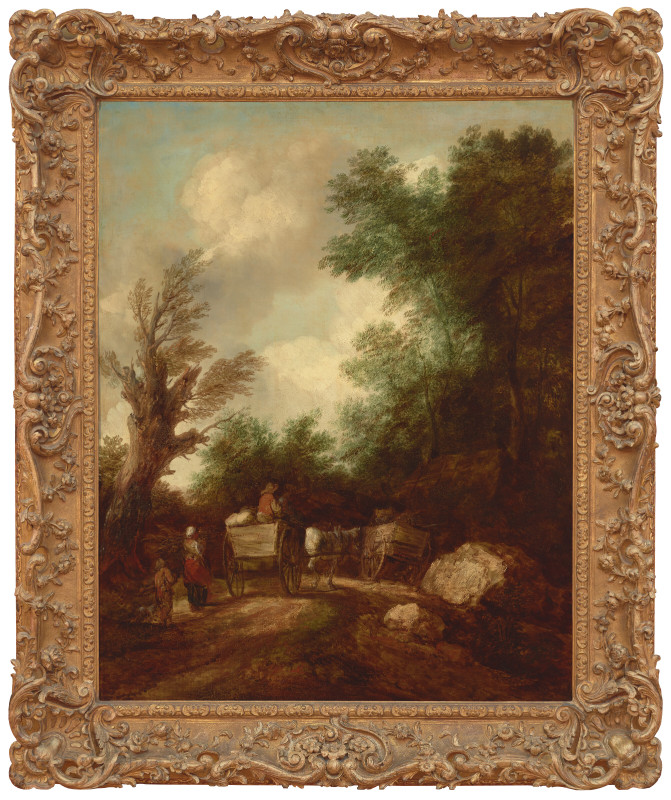Walk: Crissie Field
Distance: 5 miles
 |
| Claude Lorrain, View of Tivoli at Sunset, ca 1642-1644, oil on canvas |
So, starting off today's CIWT with a small reader quiz. When you look at the landscape paintings from different eras below, do you notice any similarities?
 |
| Thomas Gainsborough (English), Landscape with Country Cart, ca 1784-5, o/c |
 |
| Pierre-Henri de Valenciennes (French), A Capriccio of Rome with the Finish of a Marathon, 1788, o/c |
 |
| Thomas Cole (American), The Departure, 1837, o/c |
View of Tivoli at Sunset at top is a classic example of his "split tree" invention. A sprawling landscape is viewed through a gap in prominent trees. This has the effect of framing the details of the painting, taking the viewer's eye back back back past the human and animal activity and the antique architecture to what the painting is 'secretly' about: the romantic and gorgeous sky.
Claude painted in an era where the collectivity of art was based on the biblical and historical elements it contained. Landscape was just the outdoors, a place to be gotten through, where workers toiled and of no value in art. So, Claude has placed the re riqueur there: Roman shepherd boys, ancient ruins. BUT, and it took much of the viewing public decades to realize this, what Claude had really done is highlight the serene, uplifting, even spiritual beauty of nature. Subtly, masterfully Lorrain presented an ideal landscape, more beautiful and harmonious than nature itself. And this laid the groundwork for the traditions of French and English historical landscape painting that arose two centuries later and dominated for over 150 years.
Eventually of course those 150 years of 'split tree' technique became a burden to artists. It was still being taught and demanded at French art schools to young artists who wanted to say more about nature. All respect to Claude, but they wanted to portray, nature's science, its instability, its many moods. And to do that they began dropping out of art schools, teaching themselves, developing their own ways of painting nature.
Ciwt smiles when she sees where van Gogh placed his tree in his 1889 painting Green Wheat Field with Cypress.

No comments:
Post a Comment